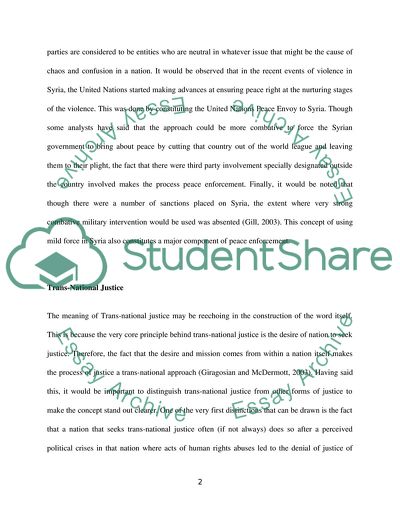Cite this document
(Conflict Resolution Concepts and Definitions Essay, n.d.)
Conflict Resolution Concepts and Definitions Essay. https://studentshare.org/politics/1779489-conflict-resolution-concepts-and-definitions
Conflict Resolution Concepts and Definitions Essay. https://studentshare.org/politics/1779489-conflict-resolution-concepts-and-definitions
(Conflict Resolution Concepts and Definitions Essay)
Conflict Resolution Concepts and Definitions Essay. https://studentshare.org/politics/1779489-conflict-resolution-concepts-and-definitions.
Conflict Resolution Concepts and Definitions Essay. https://studentshare.org/politics/1779489-conflict-resolution-concepts-and-definitions.
“Conflict Resolution Concepts and Definitions Essay”. https://studentshare.org/politics/1779489-conflict-resolution-concepts-and-definitions.


